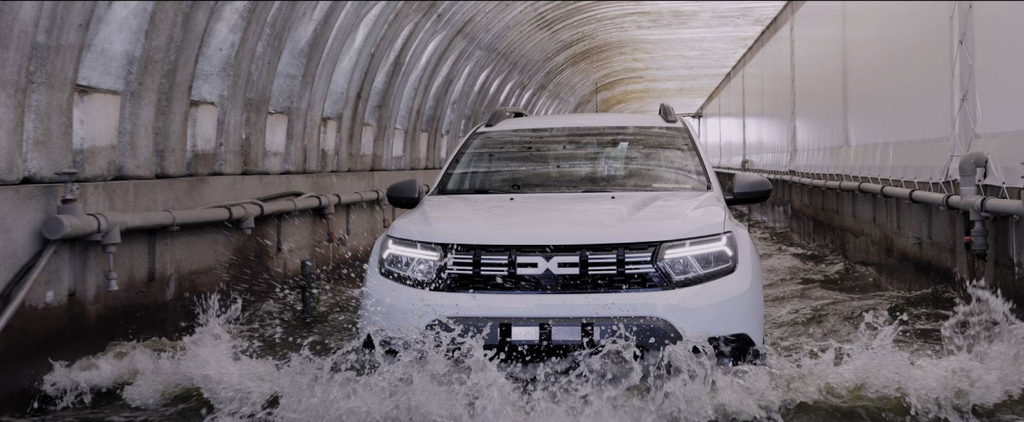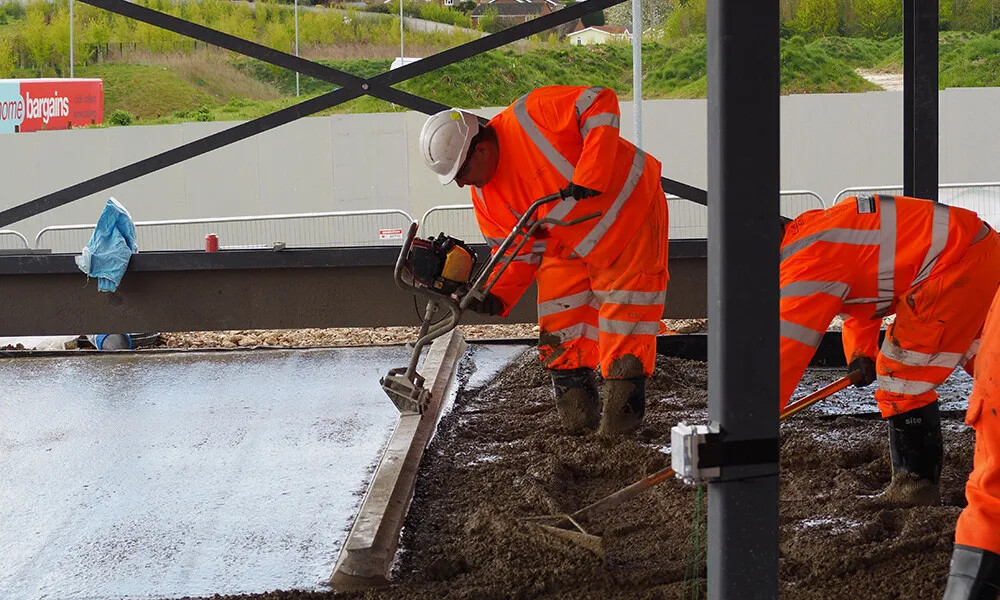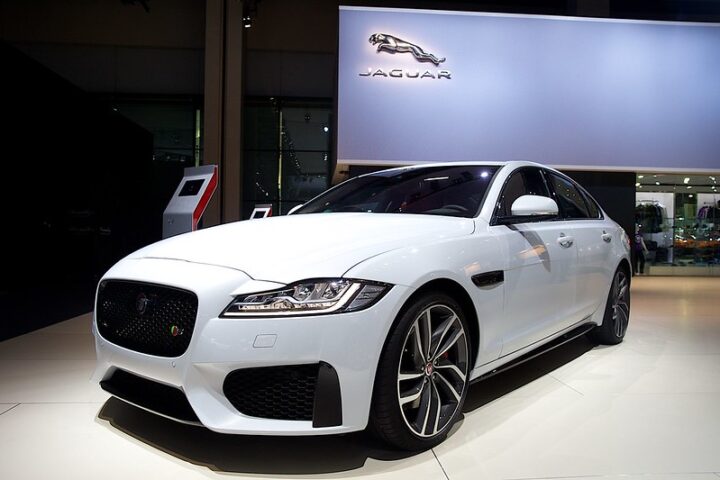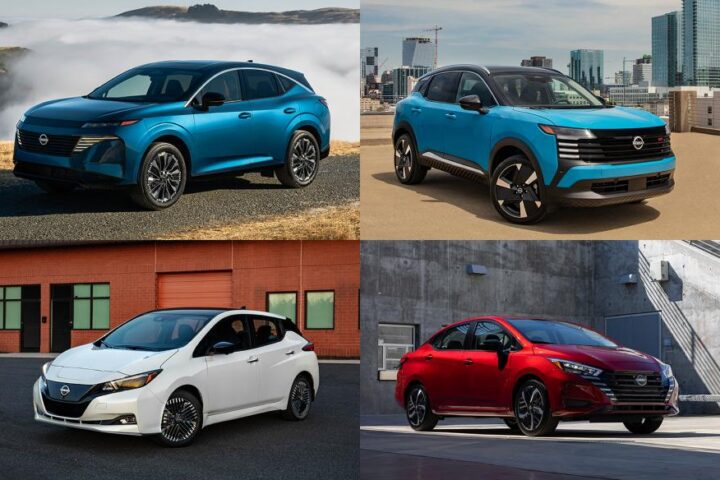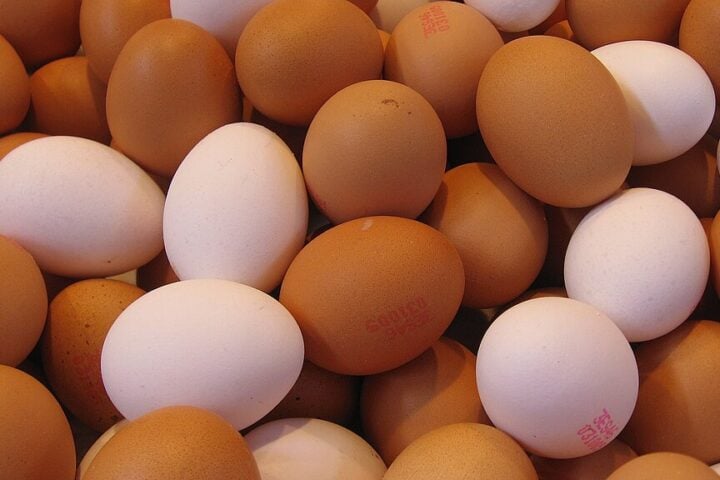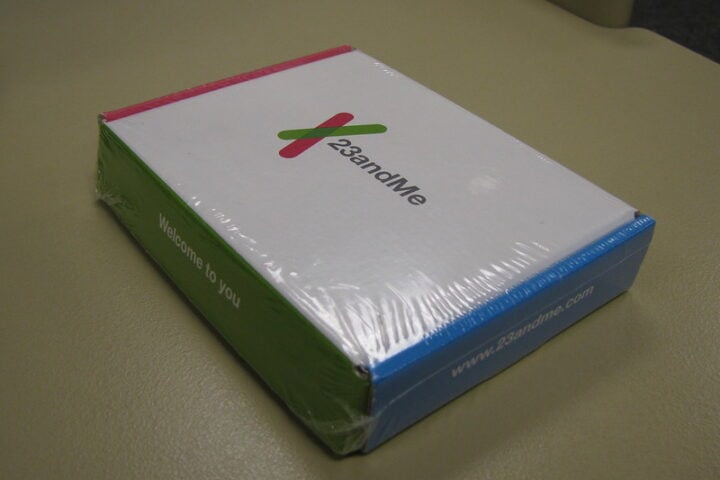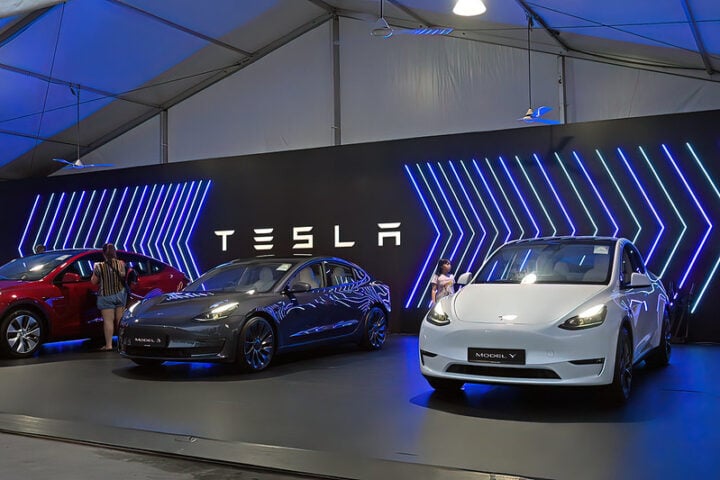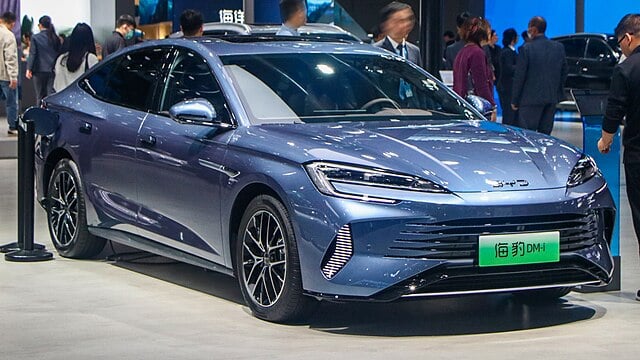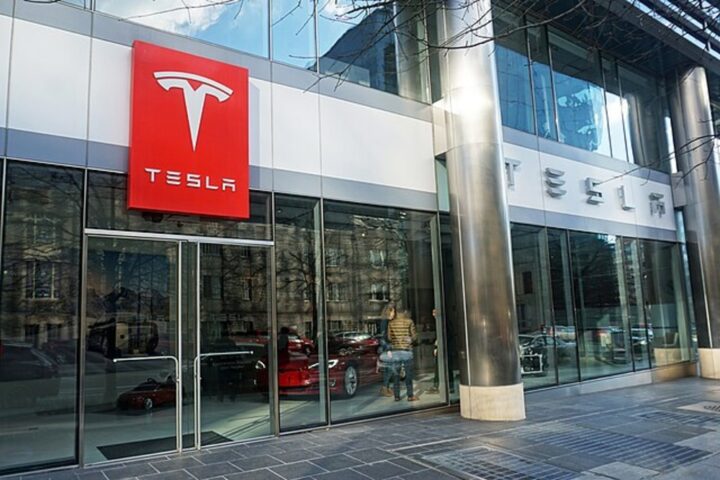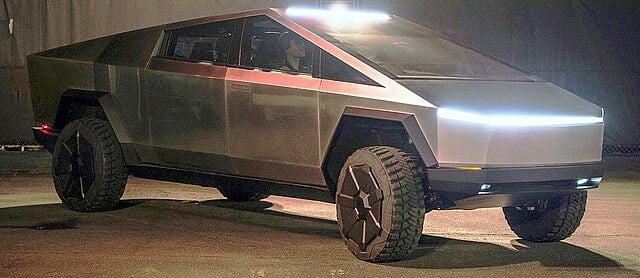Renault Group’s sustainability project, initiated in late 2020, focuses on enhancing the durability of their vehicles, including brands like Renault, Dacia, Alpine, and Mobilize. This initiative aims to ensure that vehicles remain in peak condition even after five years of use.
To achieve this, Renault subjects their vehicles to rigorous testing at their Aubevoye Technical Centre in Normandy. Here, cars undergo dynamic tests simulating various challenging conditions like bumpy roads, fords, and extreme temperatures to accelerate the ageing process. This facility, spanning over 600 hectares with 35 tracks, is pivotal in assessing vehicle endurance.
Complementing these dynamic tests, Renault employs advanced tools like test benches, wind tunnels, and corrosion chambers at their Lardy Technical Centre. These tools enable them to simulate five years of ageing within just five months, offering insights into the cars’ long-term performance under both normal and extreme conditions.
Similar Posts
Durability, as defined by Renault, combines reliability (a car that doesn’t break down) with ageing (maintaining its appearance). By 2024, Renault aims to resolve 80% of durability issues, particularly focusing on the 200 parts most prone to problems, using data from their network.
The project has already shown progress with models like Megane E-Tech electric and Austral, addressing a significant portion of the issues. Similar targets are set for upcoming models like the future Duster, Master, and Renault 5 Electric.
In addressing these issues, Renault employs a structured approach. Quality and engineering teams utilize incident data to prevent problem recurrence, integrating solutions into future vehicle designs. This strategy not only improves vehicle sustainability but also enhances their residual value.
Gilles Le Borgne, Renault Group’s Chief Technical Officer, emphasizes that this long-term project, part of a holistic approach, has started yielding results. Continuous focus on quality issues and solutions integration is key to this initiative.
Renault tackles problems using various strategies, such as material improvements and process enhancements. For instance, to address early ageing signs in Clio 4, they used more durable materials and altered component positioning. Similarly, for multimedia displays, they replaced plastic film with scratch-resistant glass, initially introduced in the Austral model.
Thierry Charvet, EVP of Industry and Quality at Renault Group, notes that these in-depth analyses and corrective actions have led to the development of new sustainability standards, setting Renault above market averages. These standards are to be applied uniformly across all brands and new projects.
Renault is exploring the potential of Software-Defined Vehicles (SDV) for enhancing vehicle longevity. This technology would allow for continuous vehicle upgrades throughout their service life, further reinforcing durability.
